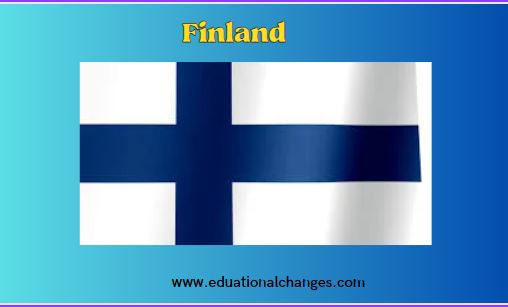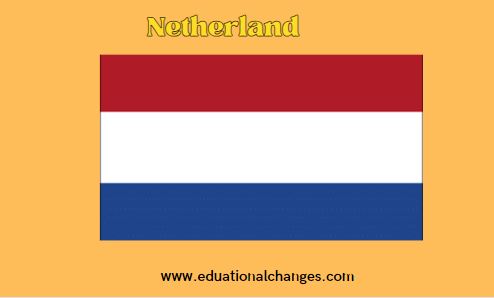
There are many countries have good education system but in this article we are going to discuss Top Five Countries for Education in the worldDetermining the “best” education system can be subjective and depends on various factors, including cultural context, goals, and criteria for evaluation. However, several countries are often recognized for having robust education systems based on indicators such as academic performance, literacy rates, and educational infrastructure. Here are five top best countries for education often cited for having robust education systems.

Finland’s education system is globally renowned for its innovative and successful approach. One key feature is the emphasis on equal opportunities for all students. The system is designed to minimize educational disparities by providing free and comprehensive education to every child, regardless of socioeconomic background. Finland strongly fosters creativity and critical
thinking rather than relying heavily on standardized testing. Students experience a shorter school day and less homework than in many other countries, allowing for a balanced lifestyle. The teaching profession is highly esteemed, with educators requiring advanced degrees and enjoying considerable autonomy in the classroom. The curriculum is flexible, incorporating
inter disciplinary learning and emphasizing practical skills. Moreover, collaboration is emphasized rather than competition, creating a supportive learning environment. Finland’s consistently high rankings in international education assessments showcase the success of this
student-centric and holistic approach.

The second best education system in the world is known as Japan. Japan’s education system is highly regarded for its emphasis on academic excellence and discipline. Students in Japan typically attend six years of elementary school, three years of lower secondary school, and three years of upper secondary school. The curriculum is standardized nationwide, focusing on mathematics, science, language arts, and social studies. Additionally, Japanese students participate in various extracurricular activities, fostering a holistic development that includes cultural, athletic, and artistic pursuits. The academic calendar is structured with three terms: a long summer break and shorter winter and spring breaks. The education system in Japan is known for instilling a solid work ethic and a sense of responsibility, preparing students for the competitive demands of higher education and the workforce.

South Korea’s the education system is renowned for its academic region and emphasis on excellence. The system is divided into six years of elementary education, followed by three
years of middle and three years of high school. A significant aspect is the intense focus on college entrance exams, notably the highly competitive College Scholastic Ability Test (CSAT). Private tutoring, known as “hagwon,” is standard and reflects the societal importance placed on
education. The curriculum prioritizes subjects like mathematics, science, and language, preparing students for university admissions. South Korea’s education system promotes a disciplined and demanding approach, with an extended school day and substantial homework. While fostering a solid work ethic, it has faced criticism for potentially contributing to high-s tress levels among students. The system has been a critical factor in South Korea’s economic success but is also undergoing reforms to address concerns about the well-being of students.

Singapore’s education system is globally acclaimed for its effectiveness and emphasis on academic excellence. Comprising six years of primary, four years of secondary, and two years of pre-university education, it is designed to provide a strong foundation for students. The curriculum places a significant focus on science, technology, engineering, and mathematics (STEM) subjects while fostering language proficiency. Students undergo a series of national examinations, including the Primary School Leaving Examination (PSLE) and the GCE Ordinary
Level and Advanced Level examinations. The system promotes a meritocratic approach, and high-performing students are often recognized and encouraged through various avenues. Singapore’s education system is characterized by highly qualified teachers, well-equipped schools, and a commitment to staying abreast of global educational trends.

The Netherlands boasts a progressive and inclusive education system that fosters individual development and critical thinking skills. Compulsory education begins at age five and continues until 16, with a strong emphasis on a broad curriculum that includes languages, mathematics, sciences, and the arts. The Dutch educational approach encourages student engagement through interactive and collaborative learning methods. The system also prioritizes student well-being, aiming to create a positive and supportive environment.
Additionally, vocational education is highly valued, providing students with practical skills and preparing them for various career paths. A decentralized structure characterizes the determining the “best” education system can be subjective and depends on various factors, including cultural context, goals, and criteria for evaluation. However, several countries are often recognized for having robust education systems based on indicators such as academic performance, literacy rates, and educational infrastructure. Here are ten countries often cited for having robust education systems:










Your article helped me a lot, is there any more related content? Thanks! https://accounts.binance.com/ru-UA/register-person?ref=OMM3XK51
Your point of view caught my eye and was very interesting. Thanks. I have a question for you.